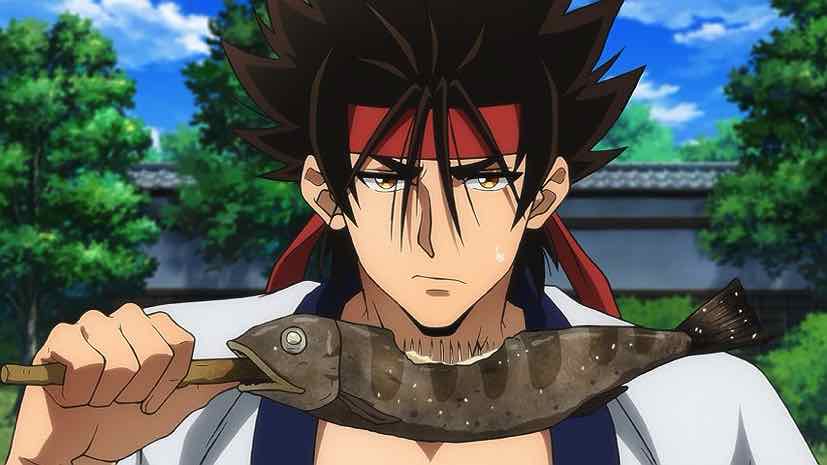 When you have a hero as strong as Himura Kenshin, they’re often measured mainly by the level of the opposition. Sanosuke is a different matter than the zaku of the first couple of episodes, but effectively he’s nothing more than an exceptionally resilient punching bag where Kenshin is concerned. That he was the second-strongest fighter of the first five eps is testament more to just how powerful Kenshin is than anything, because the gap between them is ridiculously wide.
When you have a hero as strong as Himura Kenshin, they’re often measured mainly by the level of the opposition. Sanosuke is a different matter than the zaku of the first couple of episodes, but effectively he’s nothing more than an exceptionally resilient punching bag where Kenshin is concerned. That he was the second-strongest fighter of the first five eps is testament more to just how powerful Kenshin is than anything, because the gap between them is ridiculously wide.
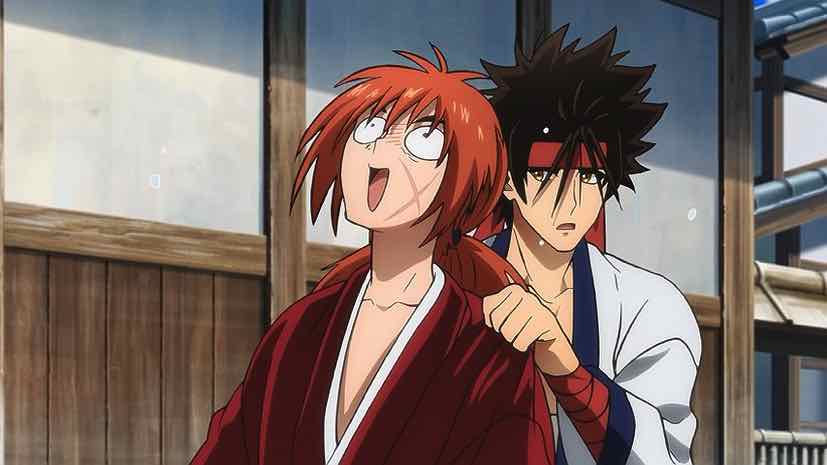 That starts to change here, though – as indeed Watsuki knew it had to, or he wouldn’t have much of a story. There’s a menace in town calling himself “Kurogasa”, an assassin who’s left behind a trail of bodies all over Japan. Now he’s targeting Tani Juusanrou (Mamiya Yasuhiro), one of the seemingly innumerable imperialist politicians now living the good life after the “revolution”. The police chief recruits Kenshin to protect him despite Tani’s skepticism, knowing full well he’s probably the only one who can. Kenshin being who he is can’t really say no – especially as he has a suspicion who Kurogasa might be.
That starts to change here, though – as indeed Watsuki knew it had to, or he wouldn’t have much of a story. There’s a menace in town calling himself “Kurogasa”, an assassin who’s left behind a trail of bodies all over Japan. Now he’s targeting Tani Juusanrou (Mamiya Yasuhiro), one of the seemingly innumerable imperialist politicians now living the good life after the “revolution”. The police chief recruits Kenshin to protect him despite Tani’s skepticism, knowing full well he’s probably the only one who can. Kenshin being who he is can’t really say no – especially as he has a suspicion who Kurogasa might be.
 Kenshin does allow Sano to help him out on this assignment, reasoning that he might be useful – and indeed he is (to a point). Kurogasa is legendary for using the “Shin no Ippo” technique to paralyze his targets – which is why Kenshin suspects it may be a hitoriki named Udou Jin-e. Jin-e is bad news – a manslayer concerned only with the thrill of the kill. He started out working for the shogunate as part of the Shinsengumi, then went to work for the Imperialists. Loyalty, clearly, is not a major concern for him.
Kenshin does allow Sano to help him out on this assignment, reasoning that he might be useful – and indeed he is (to a point). Kurogasa is legendary for using the “Shin no Ippo” technique to paralyze his targets – which is why Kenshin suspects it may be a hitoriki named Udou Jin-e. Jin-e is bad news – a manslayer concerned only with the thrill of the kill. He started out working for the shogunate as part of the Shinsengumi, then went to work for the Imperialists. Loyalty, clearly, is not a major concern for him.
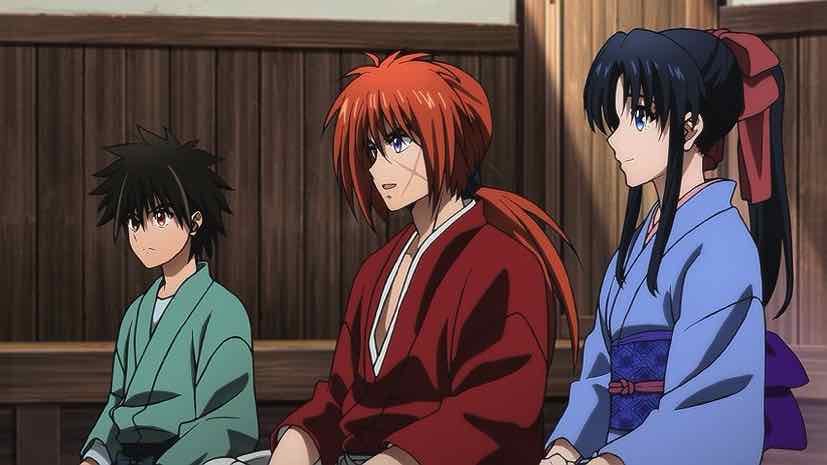 Sugita Tomokazu is certainly not the first name that leapt to mind for me when thinking about recasting the Jin-e role. It doesn’t help that the original was Ohtsuka Akio, who’s really the first name I think should have been brought back, but that’s clearly not happening with any role so fair play. Sugita doesn’t fare well in that comparison though to be honest, few would. He’s fine, really, though for me he doesn’t quite capture the bottomless pit of moral emptiness at the heart of Jin-e’s soul – this is a man who truly believes in nothing except the drawing of blood and the ending of lives.
Sugita Tomokazu is certainly not the first name that leapt to mind for me when thinking about recasting the Jin-e role. It doesn’t help that the original was Ohtsuka Akio, who’s really the first name I think should have been brought back, but that’s clearly not happening with any role so fair play. Sugita doesn’t fare well in that comparison though to be honest, few would. He’s fine, really, though for me he doesn’t quite capture the bottomless pit of moral emptiness at the heart of Jin-e’s soul – this is a man who truly believes in nothing except the drawing of blood and the ending of lives.
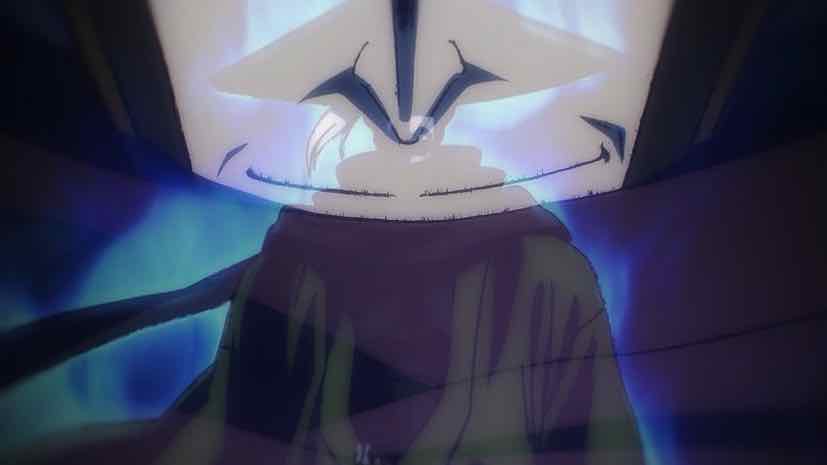 Kenshin’s approach here all along is to turn Jin-e’s attention away from his target and onto him. He knows no one else here can give Jin-e an interesting fight, and as such this is not a difficult matter – once Jin-e knows who he’s dealing with, his interest in Tani or anyone else will quickly evaporate. Thanks to Kenshin and Sano the evening at Tani’s mansion ends with no loss of life (though many injuries), and Sano is smart enough to realize that now the game has changed to a battle of hitoriki, he can really only get in the way. Kenshin does have a job for him, however – to look after Kaoru and Yahiko at the dojo while he’s otherwise engaged.
Kenshin’s approach here all along is to turn Jin-e’s attention away from his target and onto him. He knows no one else here can give Jin-e an interesting fight, and as such this is not a difficult matter – once Jin-e knows who he’s dealing with, his interest in Tani or anyone else will quickly evaporate. Thanks to Kenshin and Sano the evening at Tani’s mansion ends with no loss of life (though many injuries), and Sano is smart enough to realize that now the game has changed to a battle of hitoriki, he can really only get in the way. Kenshin does have a job for him, however – to look after Kaoru and Yahiko at the dojo while he’s otherwise engaged.
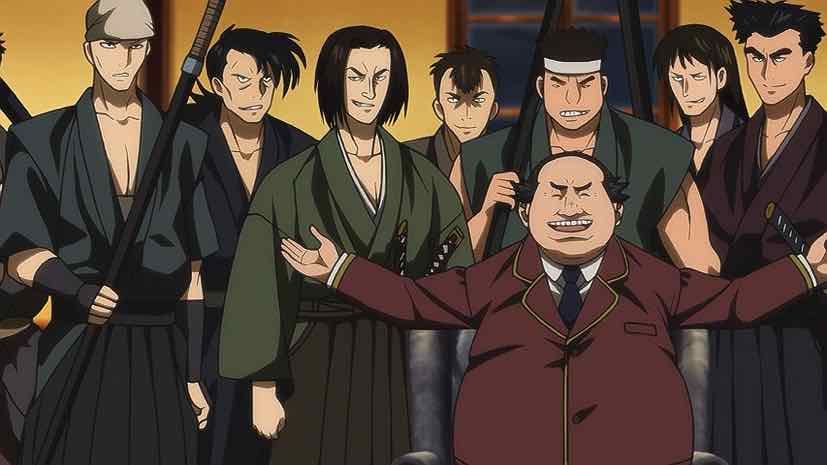 The problem is Kaoru. Quite understandably she’s got abandonment issues at this point. Not to mention, as Yahiko says Kenshin is the “best guy in Japan” (he appoints himself #2, which places Sanosuke third by default). But what she does here – determining to go to the riverside where Kenshin is waiting for Jin-e to confront him – is an extremely unwise move. So much so in fact that one could argue Sano should have stopped her (if indeed he could). With Jin-e involved this is now a true life and death situation, and Kenshin is not underselling this opponent – as he says himself, he can’t defeat Jin-e if he’s protecting someone at the same time.
The problem is Kaoru. Quite understandably she’s got abandonment issues at this point. Not to mention, as Yahiko says Kenshin is the “best guy in Japan” (he appoints himself #2, which places Sanosuke third by default). But what she does here – determining to go to the riverside where Kenshin is waiting for Jin-e to confront him – is an extremely unwise move. So much so in fact that one could argue Sano should have stopped her (if indeed he could). With Jin-e involved this is now a true life and death situation, and Kenshin is not underselling this opponent – as he says himself, he can’t defeat Jin-e if he’s protecting someone at the same time.
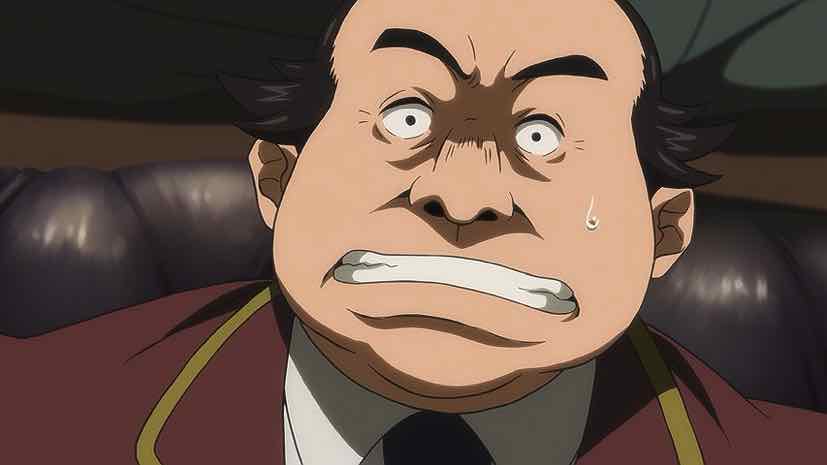 Kenshin has chosen to make things very difficult for himself. He fights with a sakabatou, and he refuses to kill. He’s effectively fighting with one hand tied behind his back, as the many who bear him grudges or see him as the ultimate trophy hold no such compunctions. This is why he must rely on people like Kaoru not to make things any harder for him than they already are – and unfortunately that’s exactly what she’s done here by turning herself into a weapon in Jin-e’s hands. What Jin-e wants isn’t this battousai – he wants the manslayer of the Bakumatsu – and Kaoru’s recklessness has given him a seeming means to bring that battousai back. Not for the first or last time, Kenshin is forced to reconcile who he’s chosen to be with a reality which demands he be who he was.
Kenshin has chosen to make things very difficult for himself. He fights with a sakabatou, and he refuses to kill. He’s effectively fighting with one hand tied behind his back, as the many who bear him grudges or see him as the ultimate trophy hold no such compunctions. This is why he must rely on people like Kaoru not to make things any harder for him than they already are – and unfortunately that’s exactly what she’s done here by turning herself into a weapon in Jin-e’s hands. What Jin-e wants isn’t this battousai – he wants the manslayer of the Bakumatsu – and Kaoru’s recklessness has given him a seeming means to bring that battousai back. Not for the first or last time, Kenshin is forced to reconcile who he’s chosen to be with a reality which demands he be who he was.


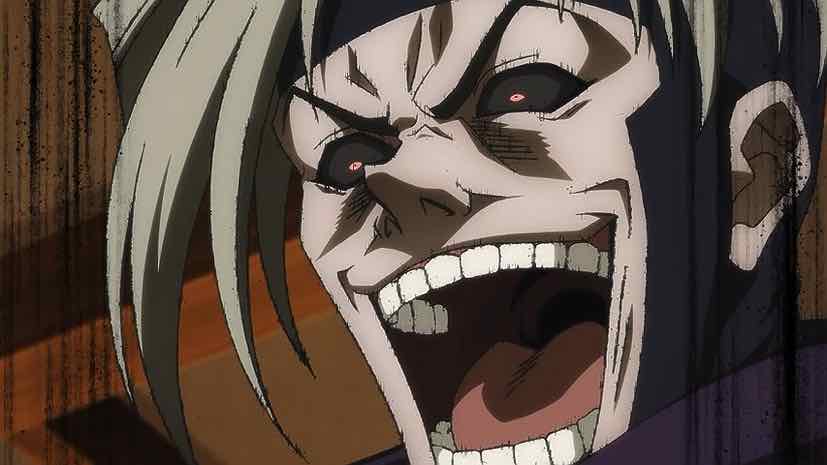

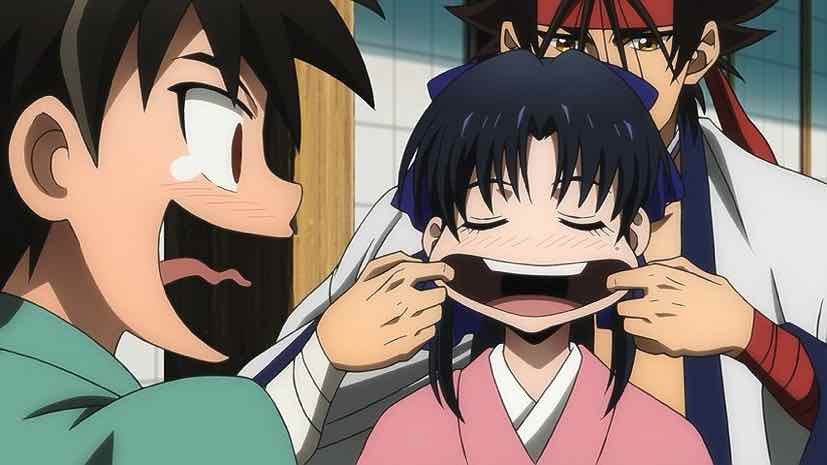
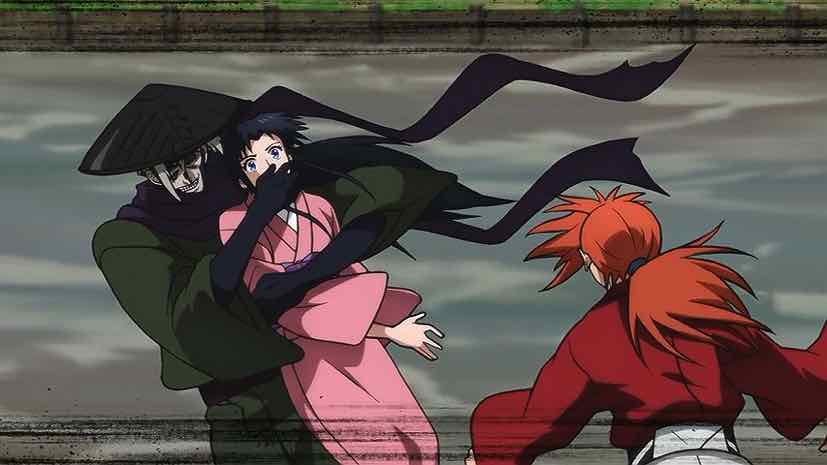
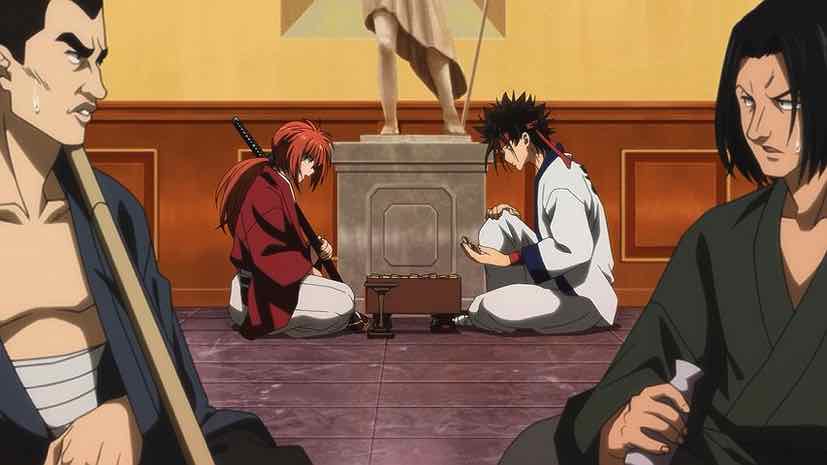
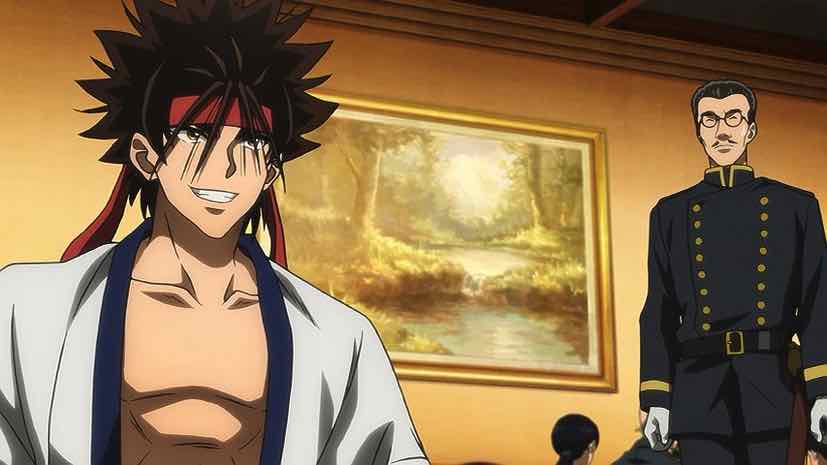
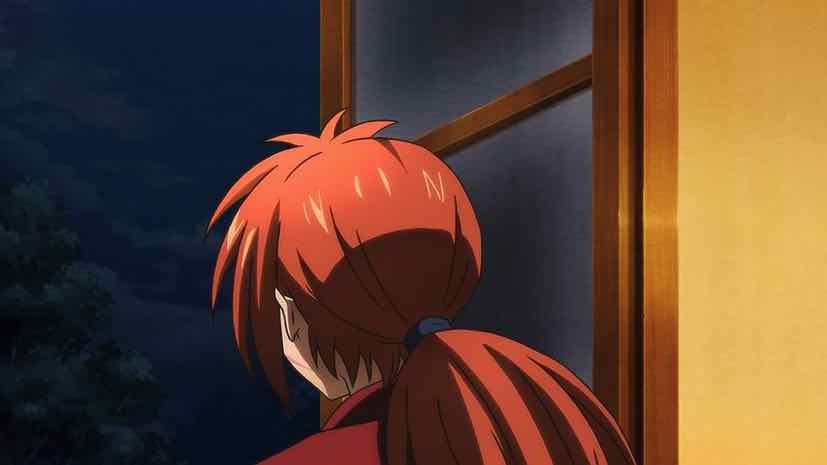
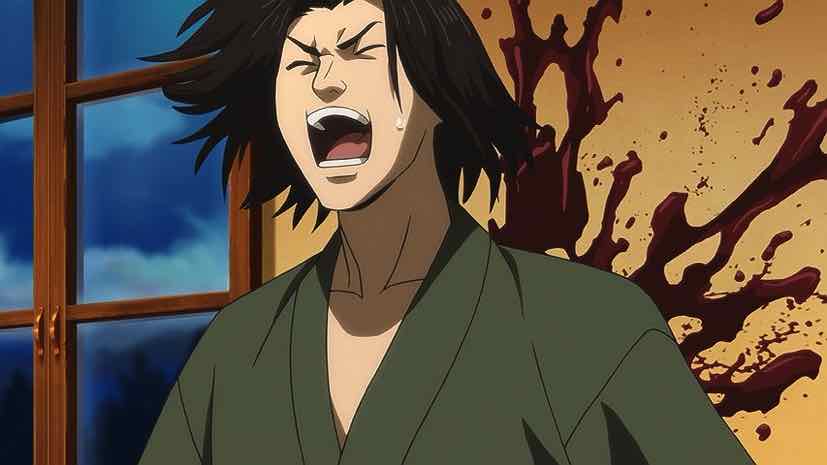
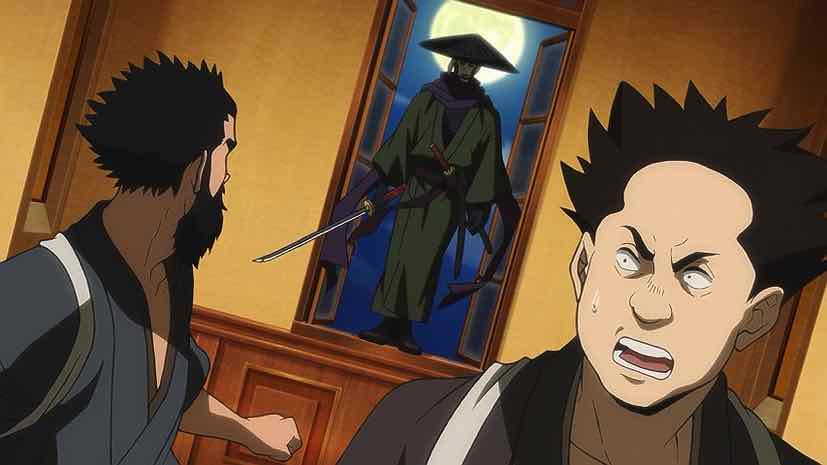
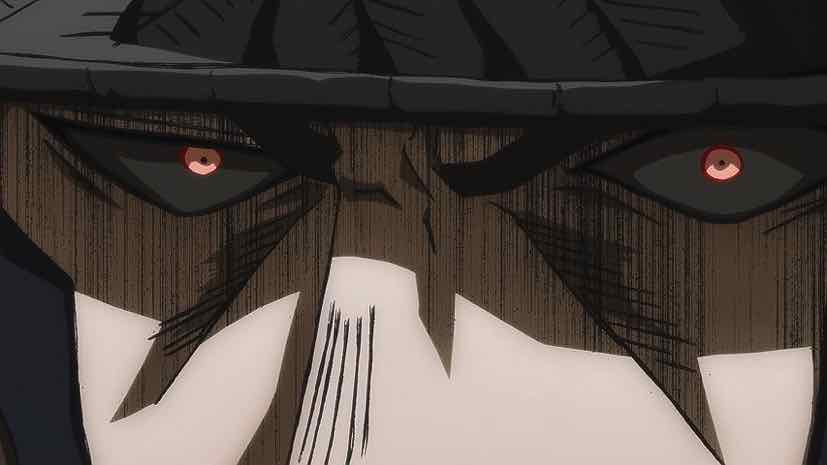
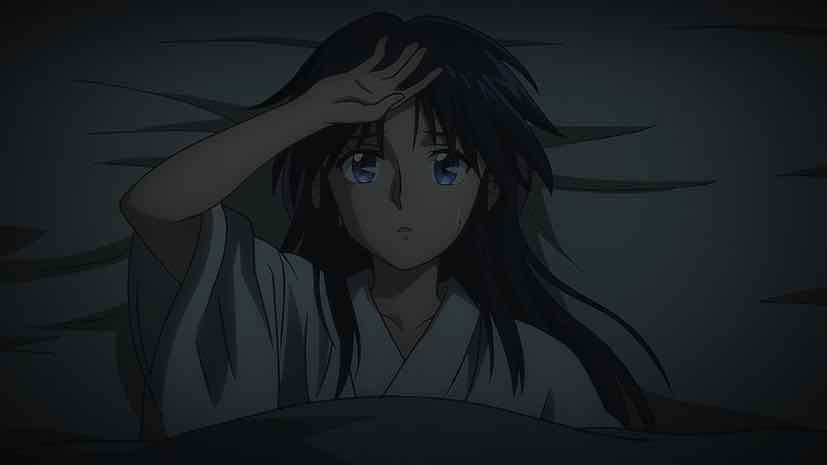
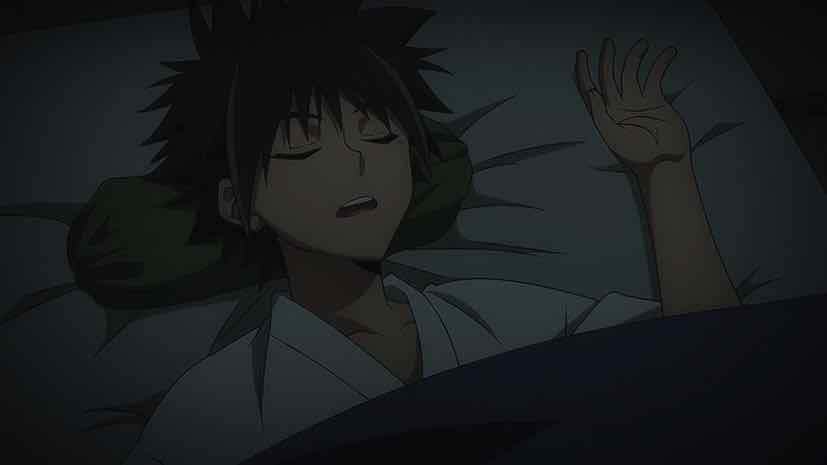
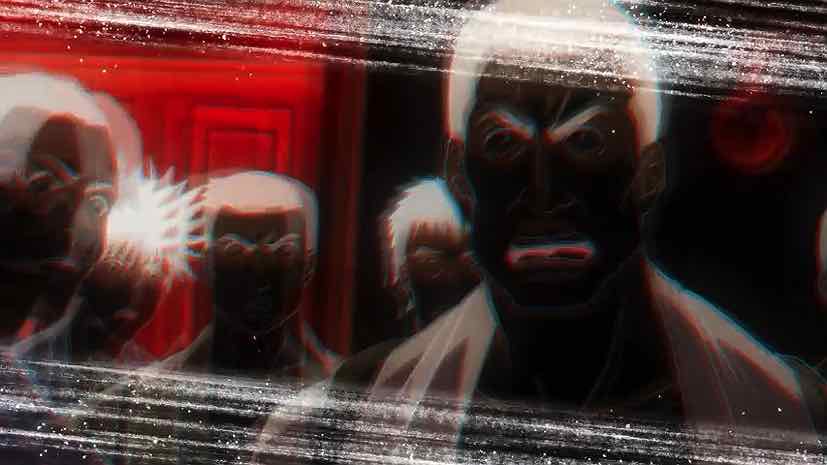

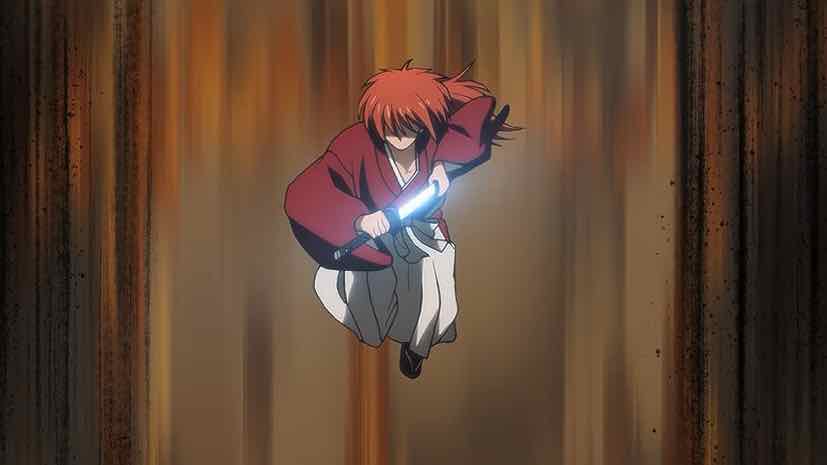
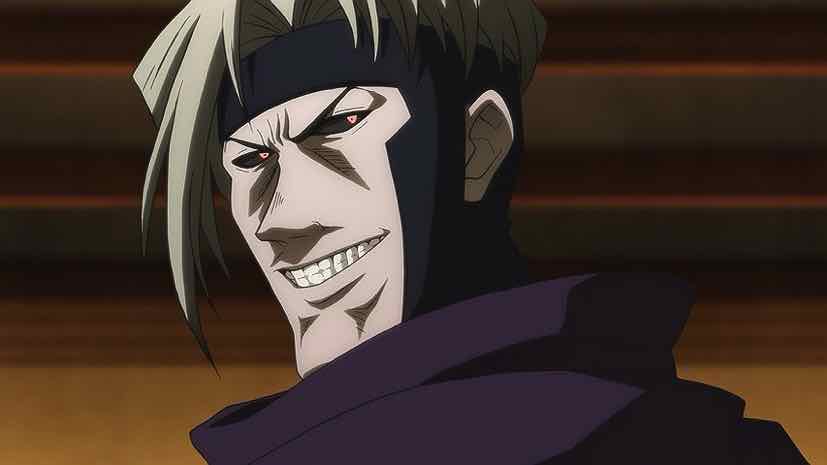
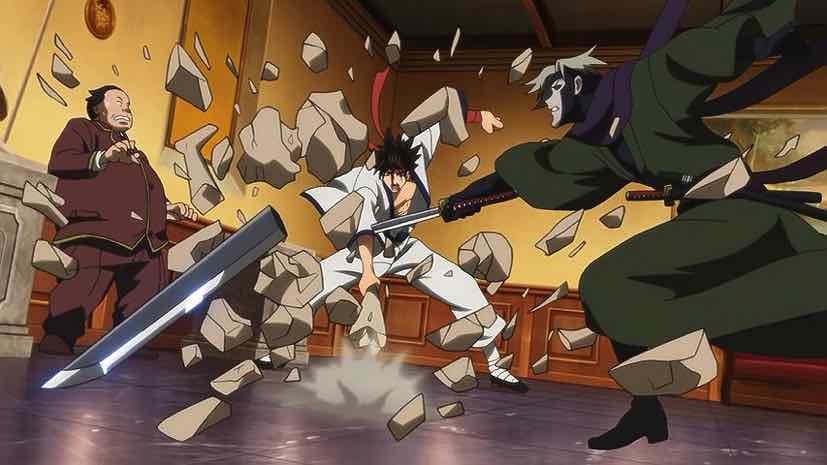
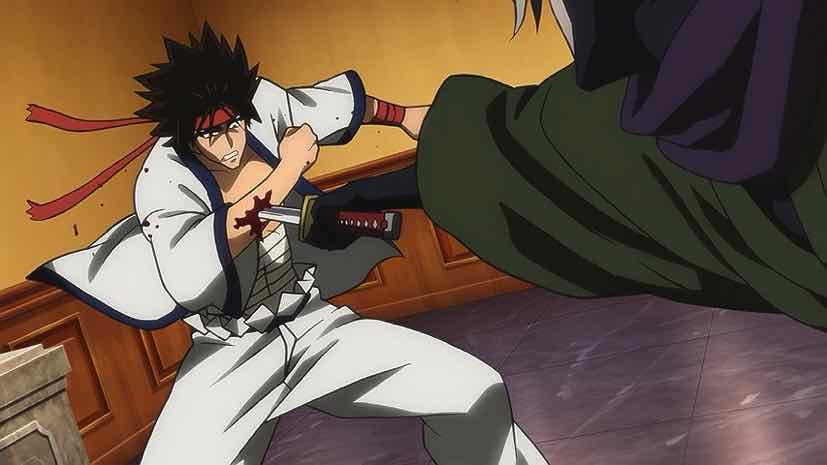
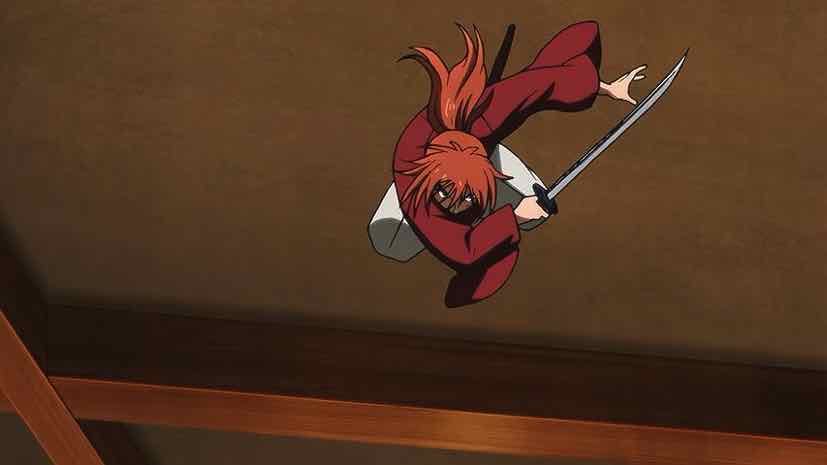
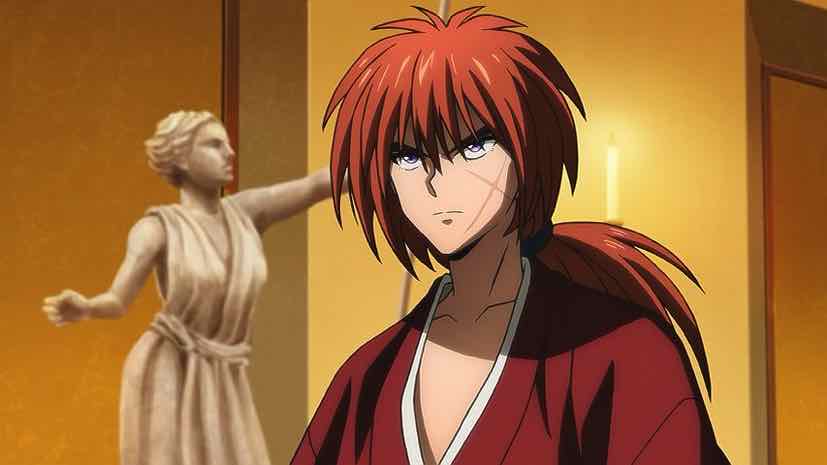
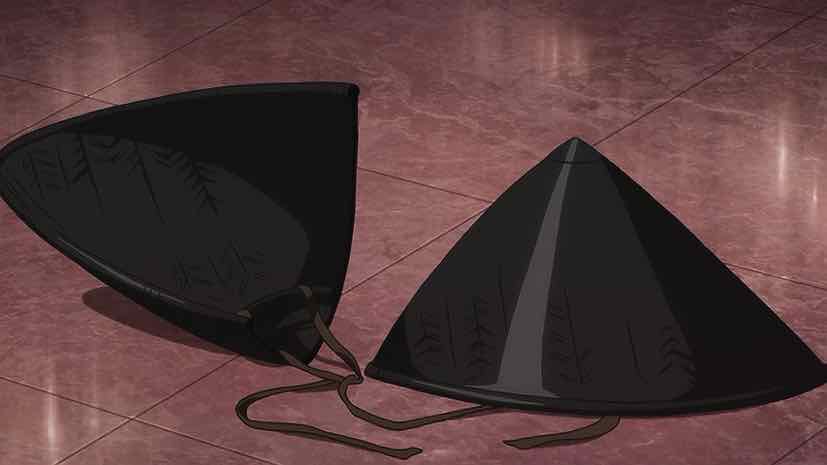
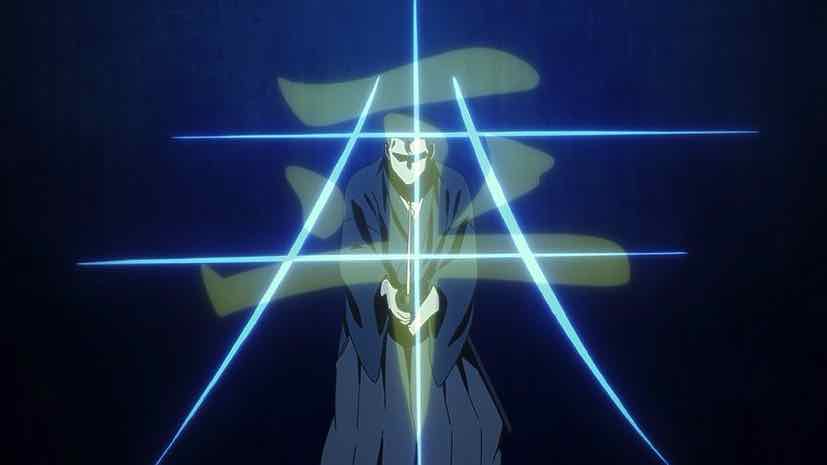
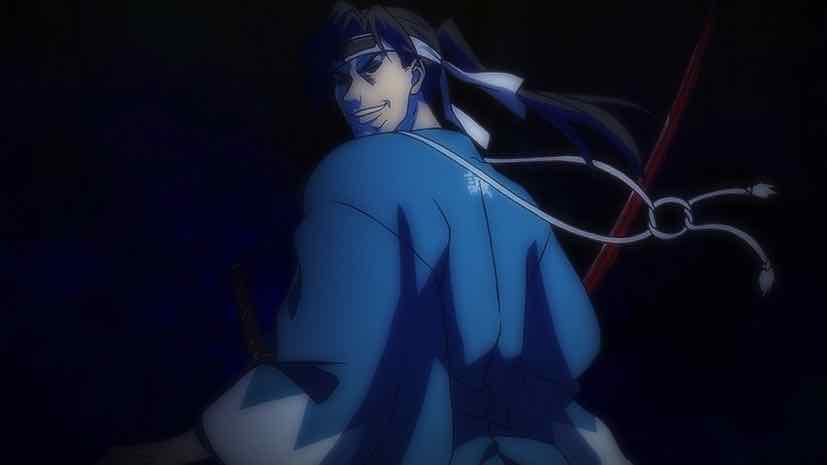
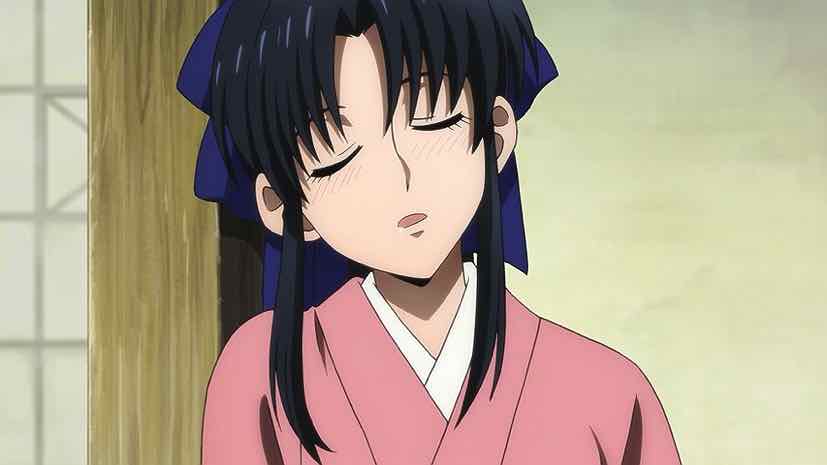
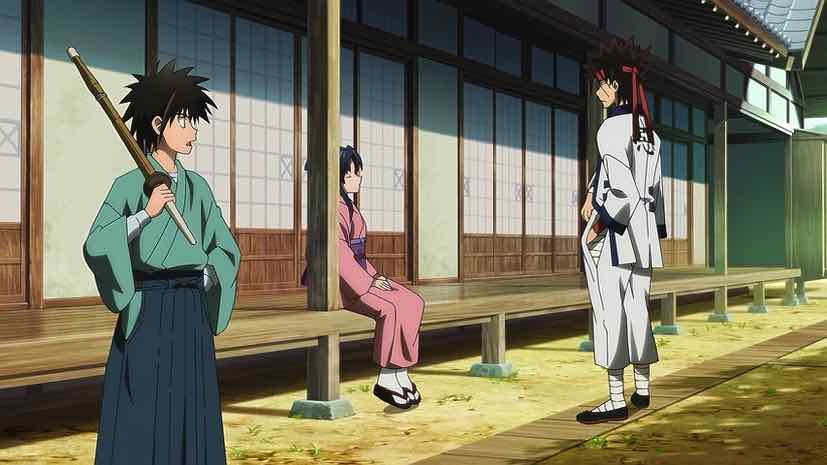
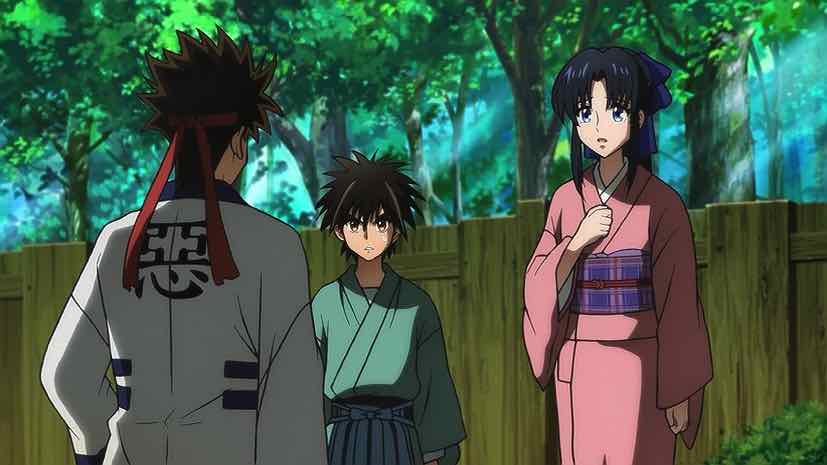
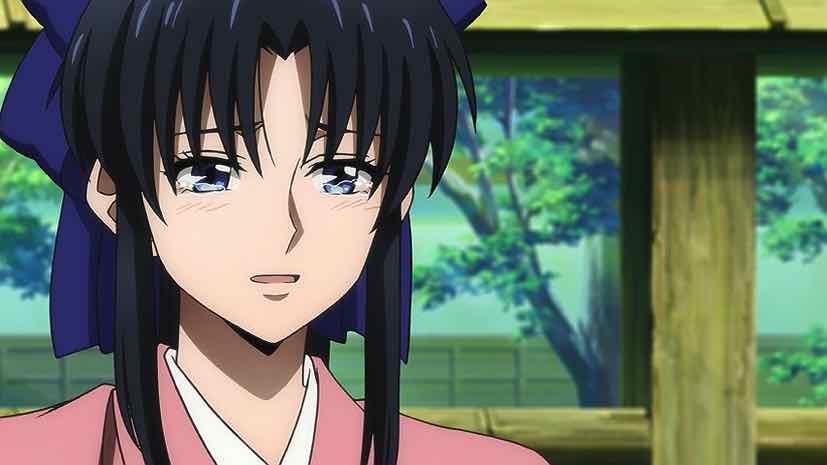
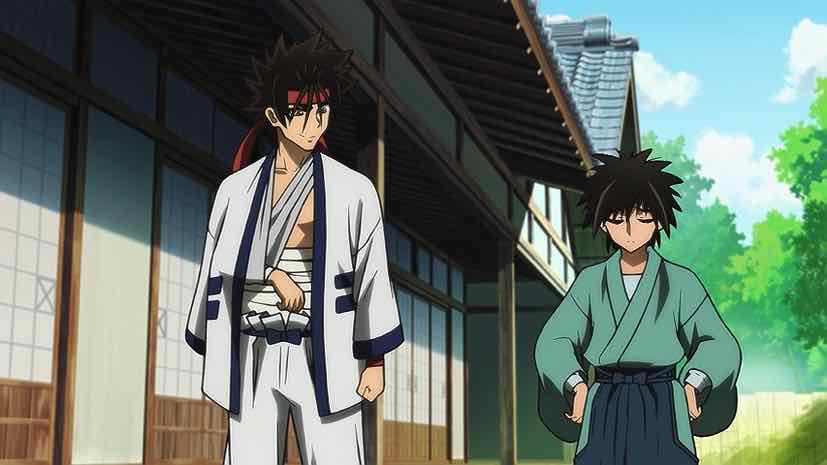
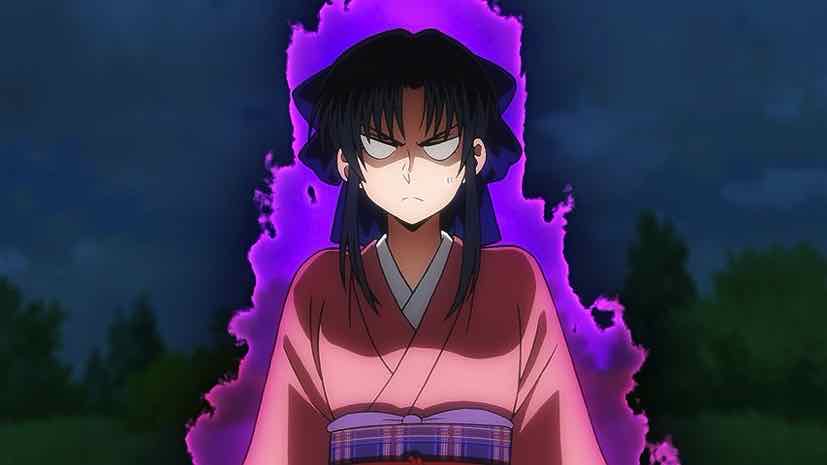
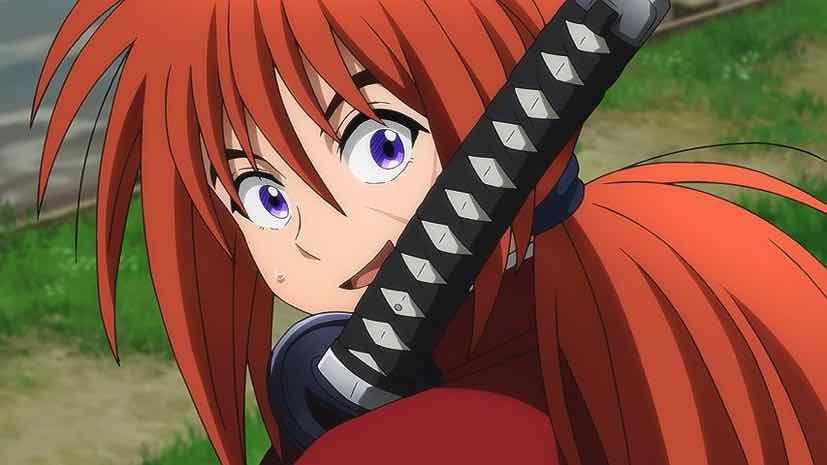
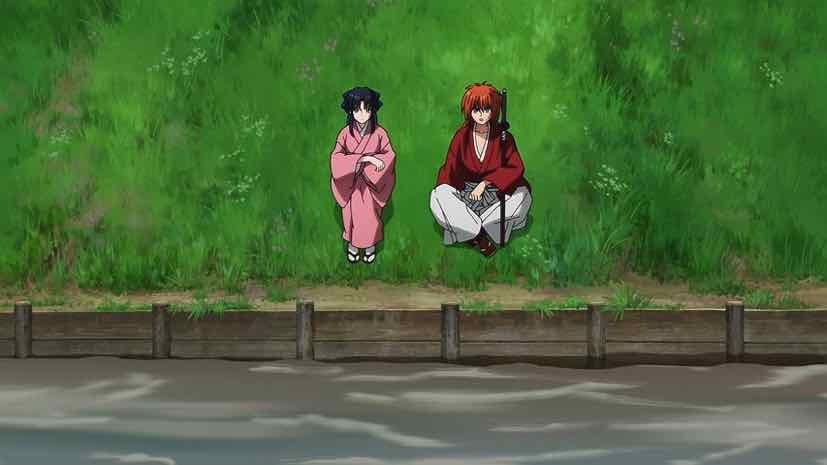
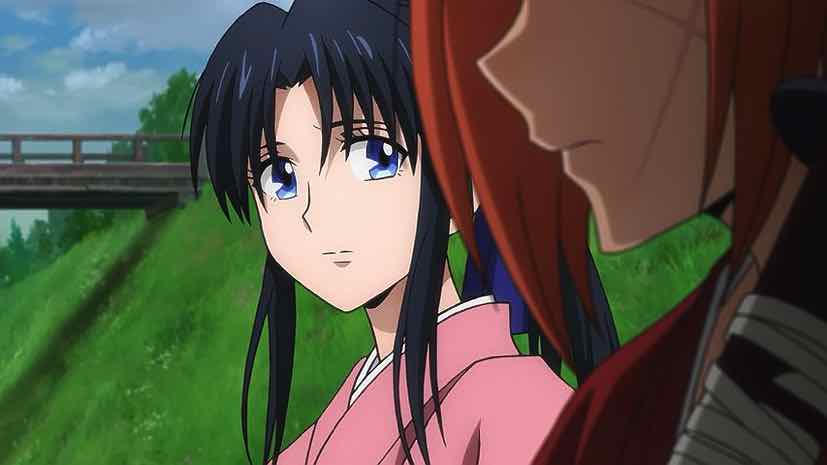
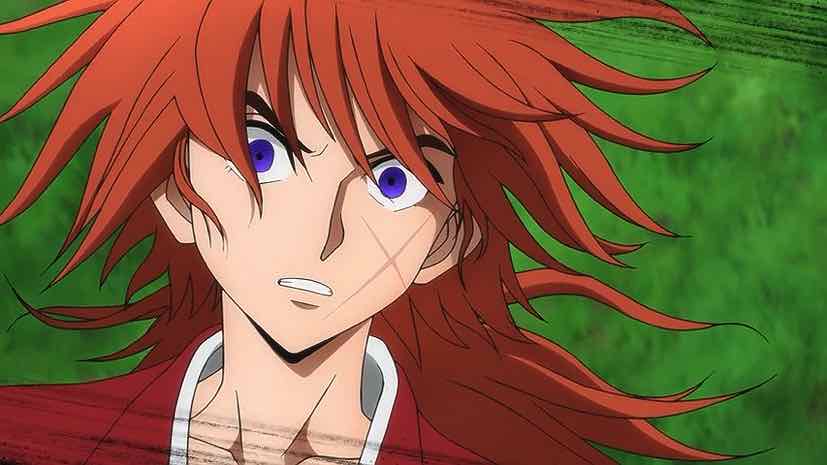

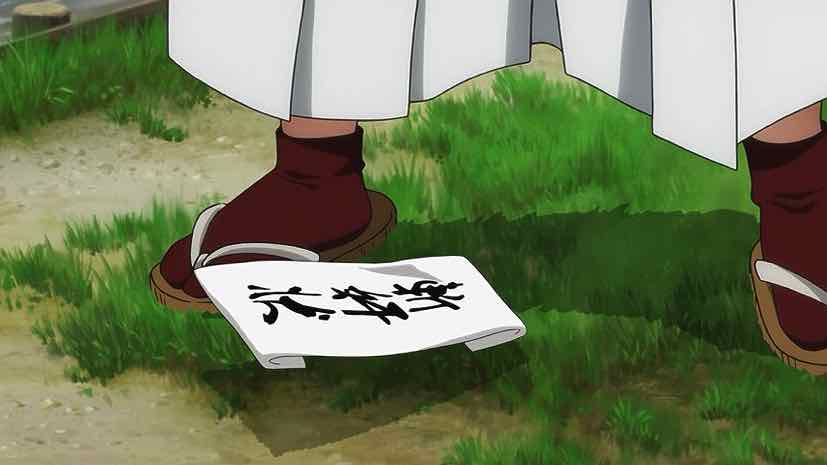
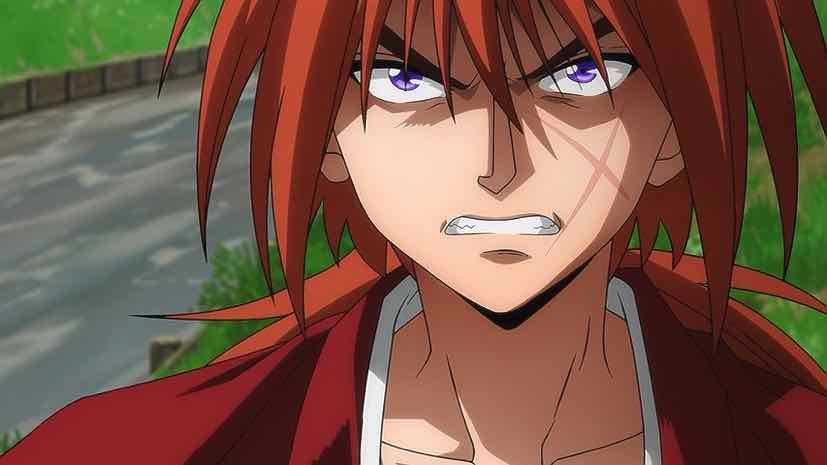


SeijiSensei
August 12, 2023 at 3:45 amSo the “imperialists” are the forces aligned with Choshu and Satsuma? Seems a strange term to describe revolutionaries. Crunchyroll does us no favors by failing to explain the meaning of the term either. First time I’ve heard “imperialist” used to describe the anti-Tokugawa forces.
ruicarlov
August 12, 2023 at 8:26 amWell, if I read it right, the Meiji Revolution was about ending a military dicatorship and return power back to the emperor. So imperialist makes sense.
Guardian Enzo
August 12, 2023 at 8:56 amThat’s basically it. The Tokugawa Shogunate was the status quo, the Meiji (who acted in the name of the emperor as a matter of political expediency) sought their overthrow. That makes them revolutionary Imperialists.
lemartes
August 12, 2023 at 8:13 pmOriginal series OST was great, nothing worth to mention in this far so.
Raikou
August 12, 2023 at 10:13 pmKurogasa was the turning point of the series when I was a kid watching this. It’s like Heroaca’s Stain, while their role is different, both of them instantly changed the whole mood.
I’m kinda surprised at Sugita casting too, but I kinda like it since Sugita’s one of my favorite seiyuu.
Guardian Enzo
August 12, 2023 at 10:17 pmYep, this is in many ways the first episode of the series proper, with everything up to this point the prologue.
Sugita is a good seiyuu, I like him. But he’s replacing one of the literal best ever, in a role he was perfectly suited for. And I don’t think Sugita is quite right here.
aldeayeah
August 16, 2023 at 5:09 amThe sneaky boat drive-by kidnapping scene will never fail to make me laugh